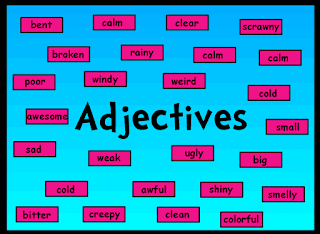Appositives

Appositives are nouns or noun phrases that follow or come before a noun, and give more information about it. For example, The puppy, a golden retriever , is my newest pet. “ a golden retriever ” is an appositive to “ The puppy. ” The word appositive is derived from the Latin phrases ad and positio meaning “near” and “placement.” Retrieved from https://literaryterms.net/appositive/





